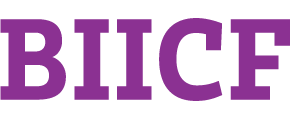Service Orientation
Make client’s needs a primary focus of actions. Proactively develop and sustain productive client relationships; understand the client needs; anticipate and provide solutions to client needs; demonstrate concern for meeting and exceeding immediate and future needs of clients; give high priority to client satisfaction.
Proficiency Level
Basic
- Ask questions to identify needs and expectations.
- Respond with the appropriate level of urgency.
- Take into account the impact on the client when carrying out one’s own position tasks.
- Take personal ownership in ensuring that expectations are met.
Intermediate
- Be alert and responsive to changes in expectations.
- Seek information about real needs, beyond those expressed initially.
- Take personal responsibility to ensure external and internal satisfaction despite time pressures and significant obstacles.
- Develop on-going relations with clients.
- Take a variety of actions to assess satisfaction.
Advanced
- Clearly state what one can and cannot do to meet desires with strong emphasis on creatively applying what one can do to meet the needs.
- Work to remove barriers that get in the way of providing exceptional service.
- Work to meet the client’s needs rather than own or department’s short-term needs.
- Design solutions to address key priorities and adapt solutions as needed to changing client and market demands.
- Build relationships with key decision-makers in the client area.
- Set up systems to effectively monitor satisfaction.
Expert
- Develop strategic, long-term relationships, gaining trust and respect.
- Use feedback for developing future-oriented client service strategies.
- Look for trends that are likely to shape the wants and needs in the future.
- Develop scenarios and strategies that anticipate future needs.
- Identify products and services that meet the needs.

